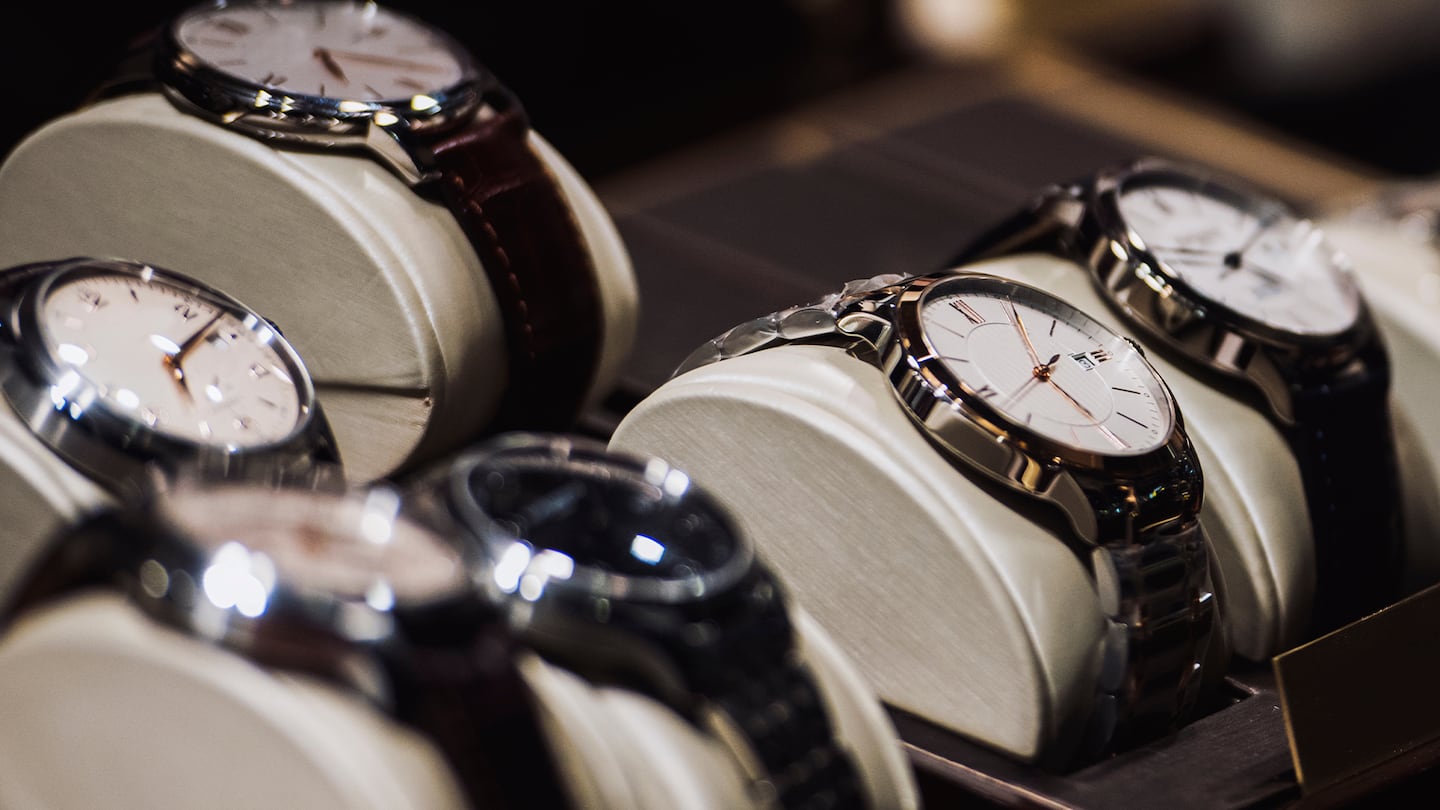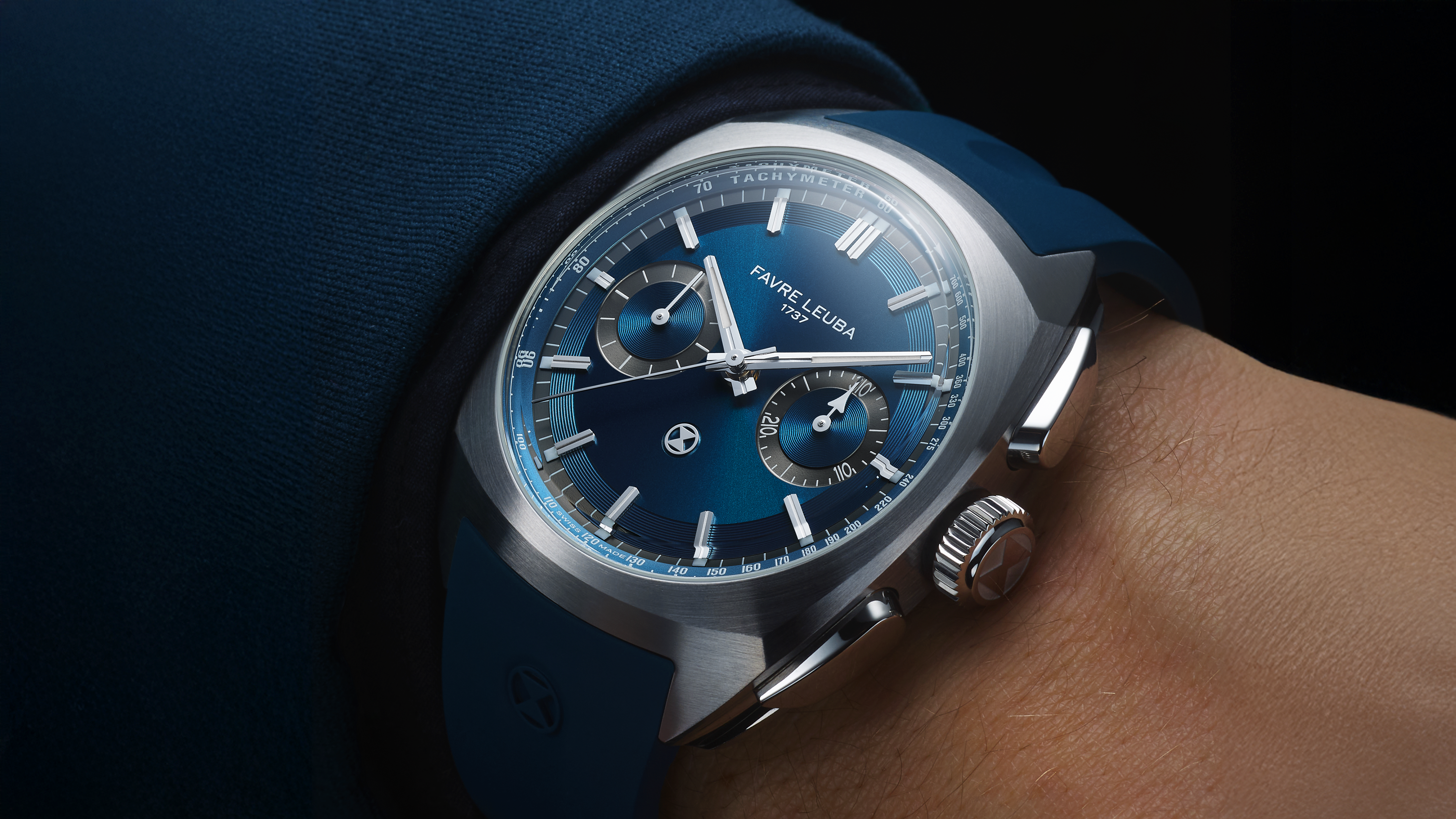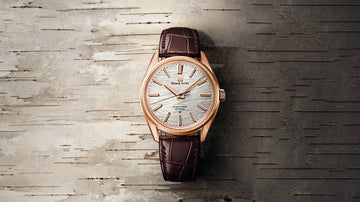For many generations in India, a wristwatch wasn't just a way to tell time; it was a prized possession, a symbol of a family's progress, and a story passed down from a father to a son. While big names like Rolex and Omega were famous, it was the more accessible Swiss brands that truly shaped India's watch culture. This is the story of how brands like Favre-Leuba found a second home and thrived in India because they offered a perfect balance of quality, affordability, and reliability. We'll explore their history, their cultural impact, their decline, and their modern-day legacy.
Swiss Watches Enter India

Swiss watches first found their way to India through early traders, British military officers, and Indian royal families. In the colonial and post-independence eras, a watch was more than a luxury; it was a tool that showed one's aspirations. Over time, this evolved. A Swiss watch became a powerful symbol of a milestone, often given as a wedding gift or a retirement present. It was an item meant to be cherished for life and passed down as a family heirloom.
Favre-Leuba: The Pioneer Brand in India

Founded in 1737, Favre-Leuba is one of Switzerland’s oldest watch brands. It made its way into India through a strong network of distribution partners in the 19th and 20th centuries. Indians quickly developed a deep love for the brand for a few key reasons. Its watches were rugged and built to handle India's climate. The designs were varied, ranging from elegant dress watches to more sporty ones. Most importantly, Favre-Leuba offered excellent value for money compared to more expensive Swiss brands.
The brand's popular models in India included
-
Sea King and Sea Raider, known for their reliability.
-
Twin Power, a technical marvel that was well respected.
-
Bivouac, a rare but highly admired watch with an altimeter.
Golden Era of Swiss Watches in India
From the 1950s to the 1970s, owning a Swiss watch was a symbol of success and social standing. Watch dealers in major cities like Mumbai and Kolkata became bustling hubs of commerce. For consumers, a watch was a big purchase, not something you bought every year. It was expected to last for decades. Favre-Leuba was in the perfect position during this time. It was seen as the "trustworthy Swiss" brand for the growing middle and upper-middle classes.
Favre-Leuba was the pioneer, but other brands also made their mark.
-
Titoni became known for its elegant yet affordable designs, especially in North India.
-
Enicar was a favorite with young professionals for its sporty tool watches.
-
Movado appealed to urban elites with its clean, modern designs.
-
Certina and Tissot were well-balanced mid-range options that were widely available.
-
Other brands like Juvenia, Cyma, and Longines also had smaller, loyal followings.
Challenges Faced by Swiss Brands in India

The golden era did not last forever. In the 1970s and 80s, Swiss brands faced major challenges. The Quartz Crisis brought in low-cost, more accurate Japanese watches from brands like Seiko and Citizen. At the same time, India’s own watch industry grew with brands like HMT, which offered reliable, locally made watches. Later, Titan came along in the 1980s and redefined style and price for the Indian market. Swiss watches also faced issues with service networks, as skilled watchmakers were hard to find. Import restrictions and taxes also made Swiss watches expensive and hard to get.
As a result, brands like Favre-Leuba gradually disappeared from Indian stores. But the story did not end there. Many of these watches were kept as family heirlooms, passed down from one generation to the next. For a generation of Indians, these watches hold a special, emotional connection. There are countless stories of a father or grandfather’s old Favre-Leuba watch, a symbol of a time gone by.
The Revival Story
In the 2010s, there was an attempt to relaunch Favre-Leuba in India, targeting customers who valued heritage. However, the brand faced strong competition from global giants. Today, the real revival is happening in the vintage market. Online forums, social media, and auction sites are bringing new life to these old Swiss watches. A vintage Favre-Leuba, Titoni, or Enicar is now a hidden gem that is sought after by a small but loyal group of collectors.
Why These Stories Still Matter
This history matters for a few reasons. It is a part of India's cultural heritage and shows how a simple watch can hold so much meaning. It also offers a great lesson for brands: trust, a strong distribution network, and affordability are just as important as prestige. These watches remind us of a time when a watch was not a fast fashion item but a lifelong companion.
Conclusion
Favre-Leuba was the true pioneer, a brand that opened the door for other Swiss brands in India. Its story, and the stories of its peers, shows how India became a unique market that gave new life to these mid tier brands. They may not be found in every showroom today, but their legacy lives on wrists and in the memories of generations across India.
The Balanced Choice
The Argos Olympus is a great example of a watch that finds the perfect balance between two worlds. It isn't a complex, purely artistic creation like a tourbillon, nor is it just a simple tool. Instead, it combines the everyday utility of a well-designed workhorse with a clear sense of craftsmanship. For the enthusiast who values both a watch's practical function and the engineering behind it, the Argos Olympus truly stands out. It's a timepiece that proves you don't have to choose between utility and a great story.

